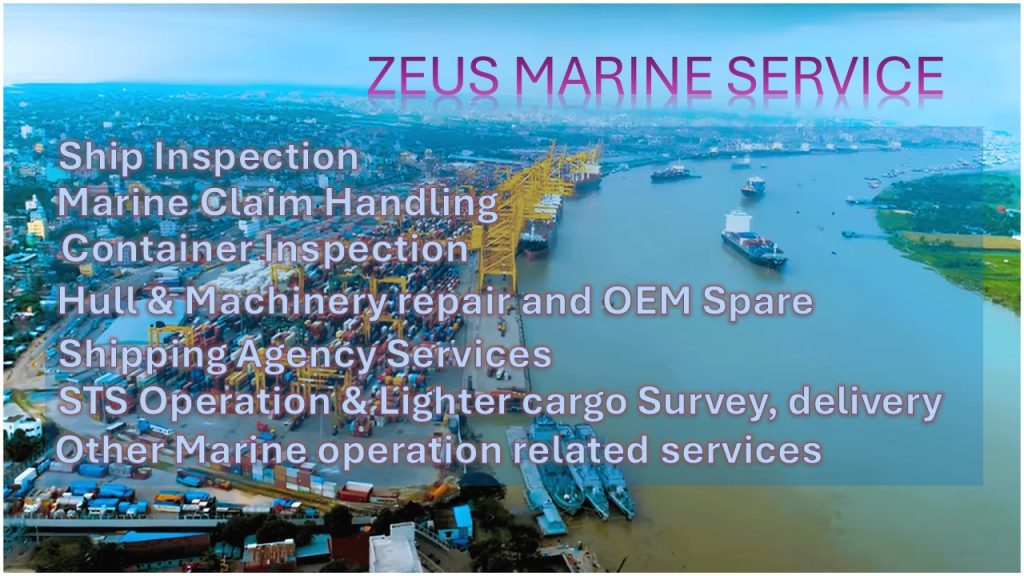At Marine Service pre-purchase vessel inspection covers a wide range of areas to assess the vessel’s condition and ensure it meets safety and operational standards Key areas include hull integrity, machinery, safety equipment, navigation systems, and documentation. This helps buyers make informed decisions and negotiate effectively.
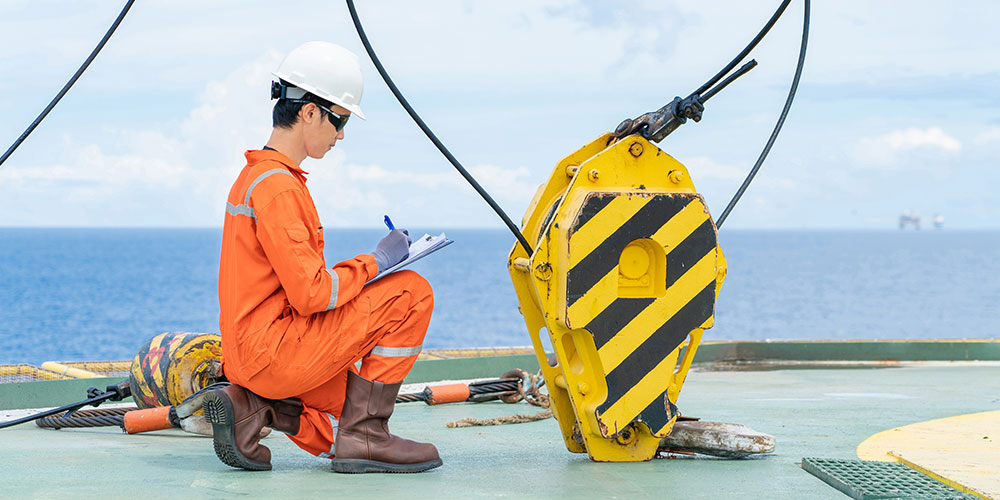
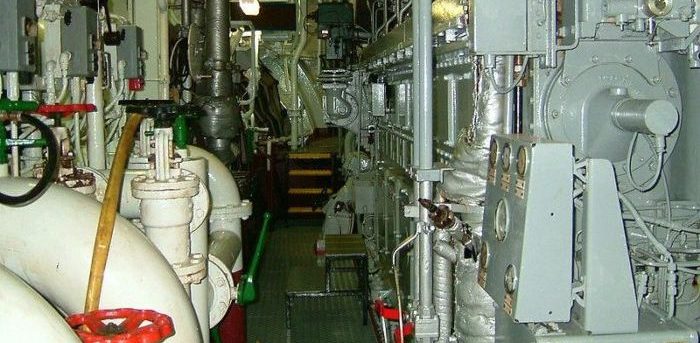
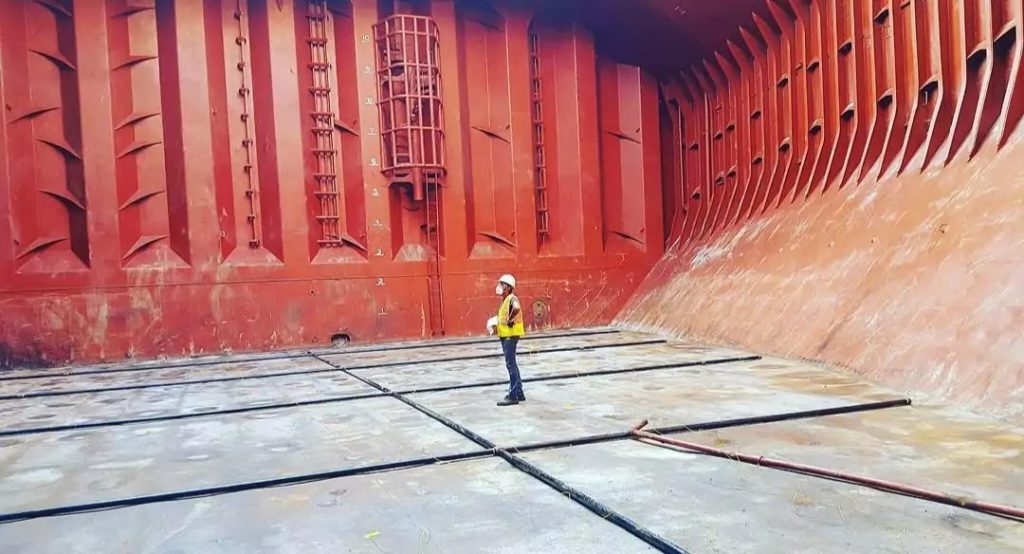
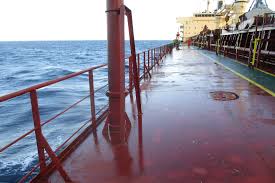
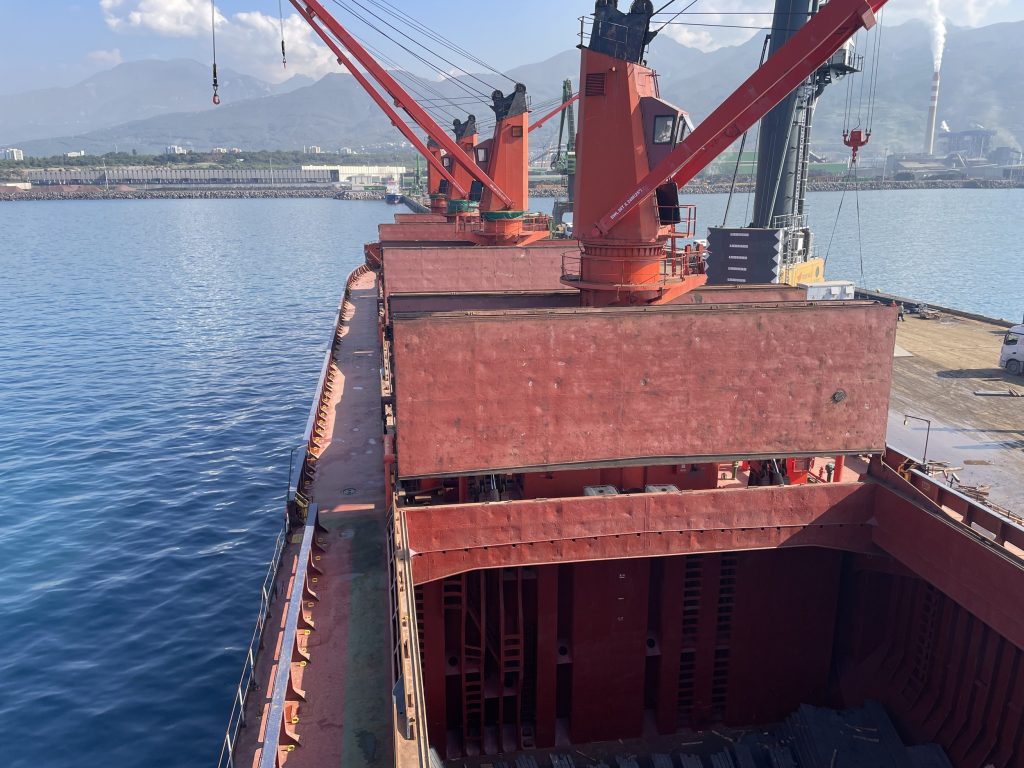
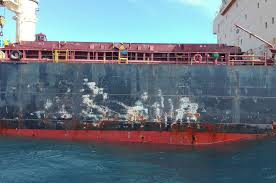
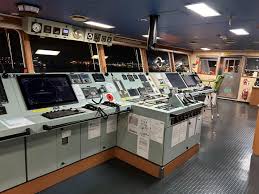
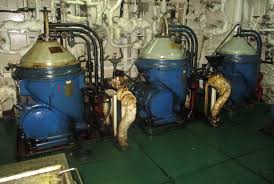
Here’s a more detailed breakdown:
I. Hull and Structure:
- Visual Inspection: Signs of corrosion, damage (dents, cracks), and ensure the hull is free of leaks.
- Deck Condition: Inspect the deck for any signs of wear, damage, or deterioration.
- Windows and Windscreen: Ensure they are in good condition and properly sealed.
- Transom and Flooring: Structural integrity and any signs of rot or damage.
- Fittings and Hardware: Assess the condition of cleats, rails, and other fittings.
- Ballast Tanks: Corrosion, coating condition, and anode condition.
II. Machinery and Systems:
- Engine: Leaks, corrosion, and overall condition, including belts and hoses.
- Fuel and Water Tanks: Inspect for leaks and condition of hoses.
- Cooling System: Check for proper functioning and leaks.
- Electrical System: Inspect wiring, connections, and overall condition.
- Steering System: Test for proper function and responsiveness.
- Bilge Pumps: Ensure they are operational.
- Propulsion: Check the propeller shaft and bearings.
III. Safety Equipment:
- Life Jackets: Verify quantity, condition, and proper storage.
- Fire Extinguishers: Check for current certification and proper placement.
- Flares: Ensure they are in date and stored correctly.
- Navigation Lights: Verify proper function.
- First Aid Kit: Ensure it is well-stocked and accessible.
- Other Safety Gear: Inspect life rafts, emergency steering, and other safety equipment.
IV. Navigation and Communication:
- Navigation Lights: Ensure they are working correctly.
- Charts and Navigation Tools: Check for accuracy and completeness.
- Communication Equipment: Verify functionality of radios and other communication devices.
- Radar and other Electronics: Ensure they are in good working order.
V. Documentation and Records:
- Vessel Registration: Verify the vessel’s registration is current and valid.
- Classification Certificates: Review class status and any associated records.
- Maintenance Records: Check for a history of maintenance and repairs.
- Crew Agreement: Confirm compliance with regulations.
- Operational Manuals: Ensure they are readily available.
VI. Cargo and Ballast Systems (if applicable):
- Cargo Hold/Tanks: Check for cleanliness, corrosion, and condition of coating.
- Ballast System: Verify proper functioning of pumps and valves.
- Cargo Handling Equipment: Inspect cranes, winches, and other equipment.
VII. Crew and Training:
- Crew Qualifications: Verify licenses and training records.
- Crew Familiarization: Ensure the crew is familiar with the vessel’s systems.
- Emergency Procedures: Confirm the crew understands and can execute emergency procedures.
VIII. General Condition:
- Cleanliness and Housekeeping: Check the overall cleanliness and order of the vessel.
- Ventilation: Ensure proper ventilation in all compartments.
- Signage and Markings: Verify the presence and clarity of safety signage.
- Lighting: Ensure adequate lighting in all areas.
- Access: Check for safe and easy access to all areas of the vessel.
- Security: Verify that security procedures are in place and followed.
IX. Specific Buyer Requirements:
- Address any specific concerns or requirements of the buyer.
This detailed inspection helps ensure a thorough pre-purchase inspection, allowing buyers to assess the vessel’s condition, identify potential issues, and make informed decisions.

